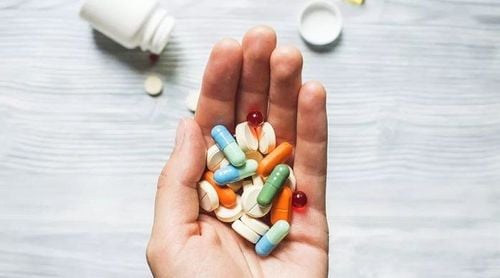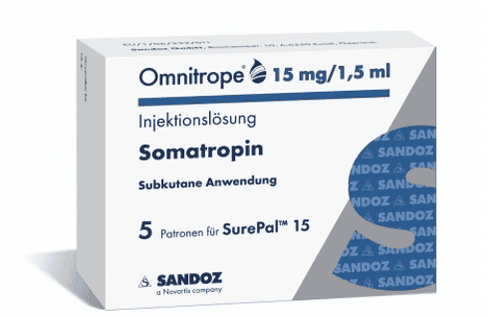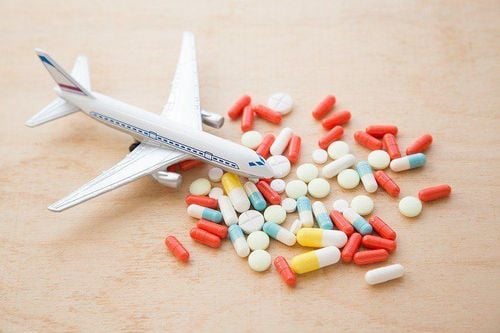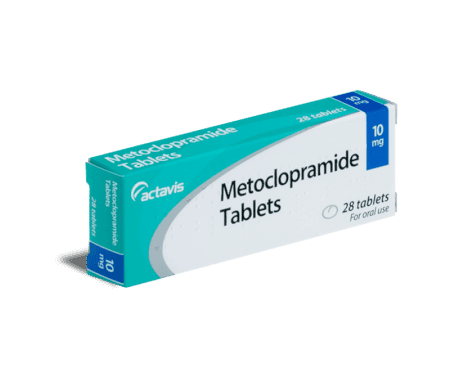This is an automatically translated article.
Article by Pharmacist Quang Anh Nguyet - Pharmacist in charge of pharmacy - Faculty of Pharmacy, Vinmec Central Park International General Hospital
Currently on the market there are many drugs sold at pharmacies, classified into two main categories: prescription drugs and non-prescription drugs. However, not everyone distinguishes and uses them properly. each drug.
1. What are prescription and over-the-counter drugs?
Prescription drugs are drugs that require a prescription when dispensing, retailing and using. Using it not in accordance with the prescription of the prescriber can be dangerous to the patient's life and health.
Non-prescription drug means a drug that, when dispensed, retailed and used without a prescription, belongs to the List of non-prescription drugs promulgated by the Minister of Health and meets the following criteria:
Low toxicity drugs , during storage and introduction into the human body does not produce toxic decomposition products, does not have serious adverse reactions leading to death, life-threatening, hospitalization or prolongation of life. length of hospital stay, severe or permanent sequelae, fetal malformation or any other adverse reaction with serious consequences for the patient; The drug has a wide dose range, is safe for all age groups, has little influence on the diagnosis and treatment of diseases requiring clinical monitoring; The drug is indicated in the treatment of non-serious diseases and patients can self-medicate, without the need for prescription and monitoring of medical practitioners; Administration route, simple drug form that users can self-administer (mainly orally, externally) with appropriate concentrations and concentrations for self-treatment; The drug has little interaction with other drugs and common foods and drinks; The drug is less likely to cause dependence; The drug is less likely to be abused or misused, affecting the safety of users; The drug has been circulated in Vietnam for at least 5 years. In other words, prescription drugs are drugs that are not on the effective List of OTC drugs promulgated by the Ministry of Health.

Thuốc kê đơn cần được chỉ định bởi bác sĩ sau khi thăm khám bệnh lý
2. Be careful when using prescription and over-the-counter drugs
Both of these drugs are warned that they can harm the body if not used safely. Some notes below will help you prevent unwanted effects from the above drugs:
Do not arbitrarily buy prescription and over-the-counter drugs at pharmacies, but should go to a medical facility to appropriately examined and prescribed. In addition, you need to know that the prescription is only valid for purchase or receipt within 5 days from the date of prescription, the maximum number of drugs prescribed in the prescription is 30 days (except for narcotic drugs, psychotropic drugs with regulations). separate determination). The regulation of the validity of the drug purchase/receipt and the maximum number of days of the drug in the prescription to ensure that the patient takes the medicine in a timely manner, in accordance with the medical condition, is examined and re-tested to re-evaluate the medical condition and Adjust regimen if necessary. With the current stressful Covid epidemic situation, some patients are also worried about infection when going to medical facilities, leading to arbitrarily buying old prescriptions from outside. This is not beneficial for treatment and can negatively affect health. Instead, people should go to the doctor on time, comply with 5K regulations to avoid spreading the disease, or can register for telehealth at some hospitals that are implementing this service, including hospitals. Vinmec.
Please dial HOTLINE for more information or register for an appointment HERE. Download MyVinmec app to make appointments faster and to manage your bookings easily.













